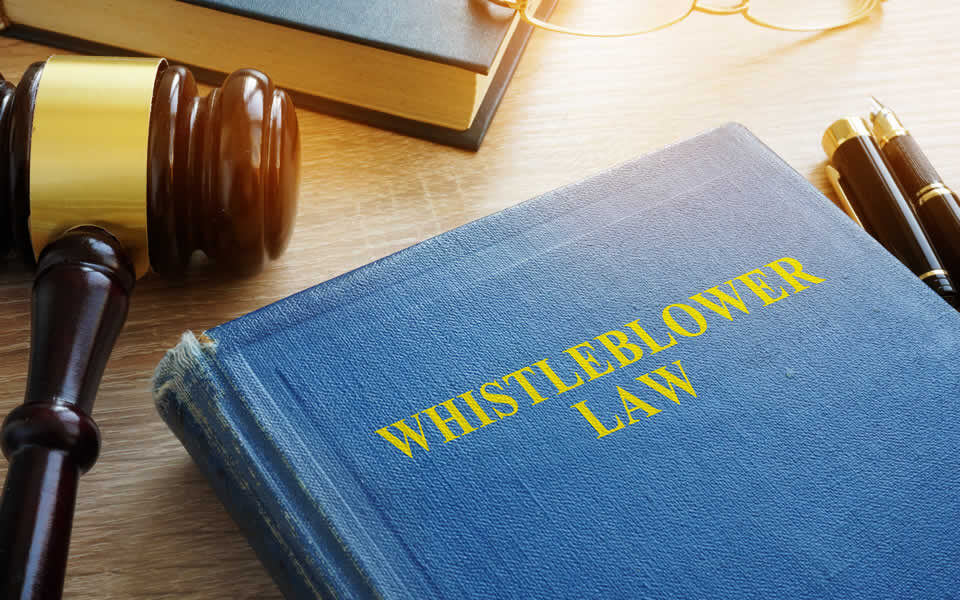Fraud Hotline: A Whistleblower’s Ultimate Tool
By Arlen Lasinsky, CPA, CFE, CFF, CVA, CTP, Director, Advisory Services
In today’s business environment, fraud is as commonplace as Santa Claus at Christmas. The Occupational Fraud 2022: A Report to The Nations (the “report”), published by the Association of Certified Fraud Examiners, studied 2,110 fraud cases spanning 133 countries and found total losses of approximately $3.6 billion. Certified fraud examiners estimate that organizations lose approximately 5% of revenue to fraud each year.1
The report defines occupational fraud as “frauds that are committed by individuals against the organizations that employ them.”2 However, occupational fraud is formally defined as “the use of one’s occupation for personal enrichment through the deliberate misuse or misapplication of the employing organization’s resources or assets.”3
At the highest level, occupational fraud is categorized into three groups: asset misappropriation; financial statement fraud schemes; and corruption. Asset misappropriation is when an employee steals or misuses an organization’s resources. In financial statement fraud schemes, a perpetrator intentionally causes material misstatements or omissions in the organization’s financial statements. Corruption includes such offenses as bribery, conflicts of interest, and extortion, to name a few. Asset misappropriation is the most common of the three categories — 86% of the cases included in the report fell into this group.4
Prompt fraud detection is essential because the speed in which it is detected and the way it is discovered can significantly affect the ultimate amount of the loss and any possible chance for recovery.
The report identified several ways occupational fraud is initially detected. Interestingly, a tip was by far the most common way fraud was detected: it revealed 42% of occupational fraud cases. Furthermore, employees were the top source of occupational fraud reporting at 55%.5
The report revealed that organizations with a fraud hotline detected fraud six months faster than organizations without a fraud hotline (12 months versus 18 months).6 Additionally, organizations with a fraud hotline incurred half the fraud losses compared to organizations without a fraud hotline ($100,000 versus $200,000).7
So, what is a fraud hotline and how does your organization go about establishing one? A fraud hotline is a mechanism to report fraud or other violations. It can be managed internally or by an external party. Mechanisms to facilitate fraud reporting include telephone hotlines, dedicated email addresses, and web-based platforms.8
A fraud hotline enables employees or outsiders to anonymously report alleged fraudulent activity at a company. It also enables leaders to enforce a company’s code of conduct, policies and procedures, and internal controls designed to protect the company and its profitability.
The size of the organization should not determine whether a fraud hotline is implemented. Consider that smaller companies typically have fewer employees and fewer internal controls, and therefore would benefit from a fraud hotline.
Establishing a fraud hotline as part of a fraud prevention program requires management, the Board of Directors, and senior executives to set the proper tone at the top to demonstrate their leadership and commitment to honesty and ethics. This tone at the top sets forth a company’s cultural environment. When senior management is clear about the importance of the fraud hotline and employees understand this commitment, they are more likely to use the hotline if they observe a departure from management’s expectations in the workplace.
A fraud hotline is only successful with proper employee training and communication. Employees need to know the hotline exists and how to use it. Communication about the fraud hotline and how to use it is critical for the fraud hotline to be effective.
After the proper training, employees should be able to determine if there was a breach in the company’s ethics, i.e., if an alleged fraud was committed. They should also know how to use the fraud hotline and the prescribed procedures after reporting. Employees often fear retaliation, so communication should include confidentiality procedures for individual(s) reporting the tip. Knowing that their identity will be kept confidential makes employees more likely to use the fraud hotline.
Every organization should strongly consider implementing a fraud hotline as part of its controls to safeguard company assets. As described in the report, the benefits of a fraud hotline should more than outweigh the costs. If you would like more information or assistance in establishing a fraud hotline, please reach out to Arlen Lasinsky at [email protected].
Sources
- Occupational Fraud 2022: A Report To The Nations, p. 4.
- Ibid., p.6.
- Ibid.
- Ibid., p. 9.
- Ibid., p. 22.
- Ibid., p.24.
- Ibid.
- Ibid., p. 94.



















